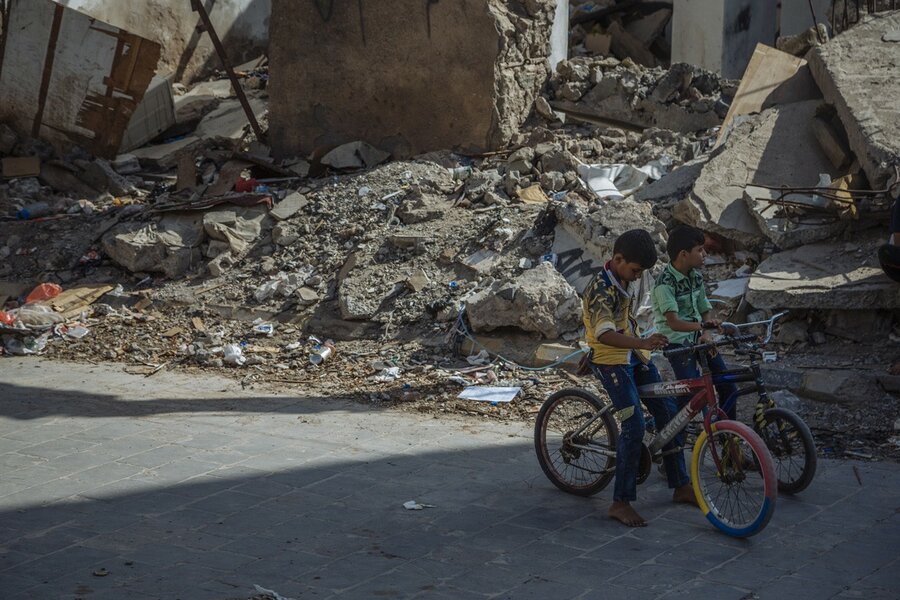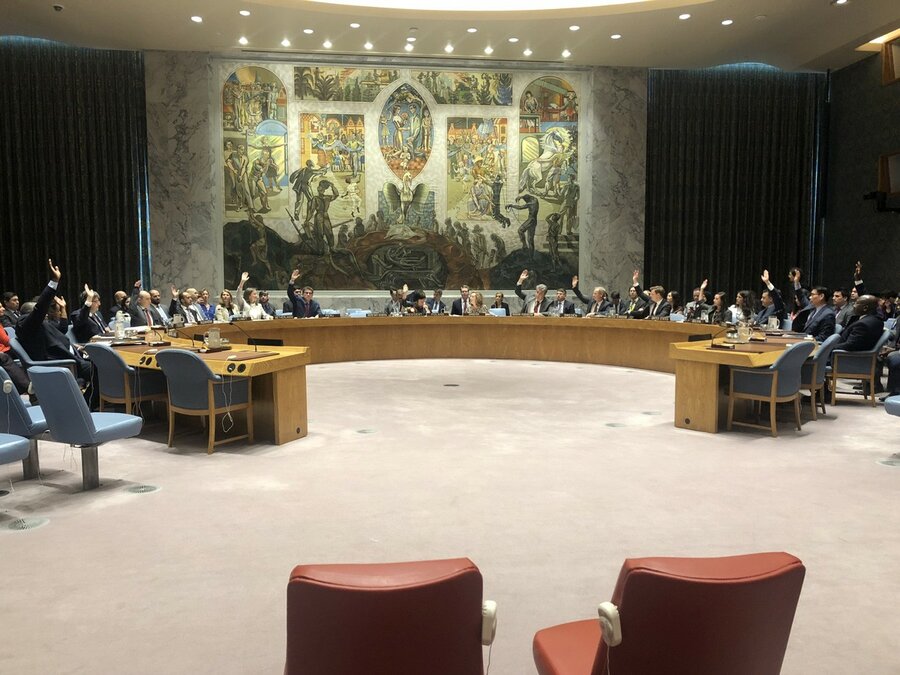‘We can’t end hunger if we don’t end conflict’

"We've been through some rough months, we had nothing in the house — no furniture, no food and no money. Sometimes, I stay out late for work and when I come home I never wake the children up. If I woke them up, they would say they wanted to eat dinner." Walid, a former public servant in Yemen, has lost almost everything in the conflict that has been ravaging his country since 2015. Like him, hundreds of millions of people around the world are being pushed into hunger and destitution by war and armed violence.
As hunger and conflict fuel one another, the recent proliferation of conflicts has reversed several decades of progress fighting global hunger. Today, people living in conflict-stricken areas make up 60 percent of the world's 815 million chronically hungry. They are more than twice as likely to be undernourished than those living in countries at peace.
In a historic vote on 24 May 2018, the UN Security Council recognized for the first time that armed conflict and violence are closely linked to food insecurity and the risk of famine currently threatening millions of people.

Sponsored by Cote d'Ivoire, Kuwait, the Netherlands and Sweden, and adopted unanimously, the resolution calls on all parties to armed conflict to comply with their obligations under international law to protect civilians, including by abstaining from targeting sites that are necessary to produce food — such as farms, markets, mills, water systems, food processing and storage sites — and distribute it.
The resolution condemns the use of starvation as a weapon of war and calls for humanitarian personnel to be granted safe and unhindered access to civilians in armed conflicts.
"The Security Council vote is a huge step forward in the effort to break the cycle of conflict and hunger," said World Food Programme (WFP) Executive Director David Beasley, praising the leadership shown by Security Council members.
Of the 13 largest food crises in the world today, 10 — Afghanistan, Burundi, Central African Republic, Democratic Republic of the Congo, Iraq, Nigeria, Somalia, South Sudan, Sudan, Syria and Yemen — are conflict-related. WFP is on the frontlines providing food assistance in all of these countries as well as in those receiving refugees fleeing conflict.

"In all conflict zones I have visited, the people I talk to ask for peace as often as they ask for help getting food. Peace and food security go hand in hand. To end hunger, we need to end conflicts," Beasley continued.
Political instability and displacement associated with conflict are potent drivers of food crises and lead to increased expenditure on food assistance. WFP estimates that improved humanitarian access in the 20 countries facing the worst food crises would generate savings for US$ 997 million per year in assistance. The food assistance-related ‘peace and stability' dividend would also be significant — WFP alone would save US$ 2.4 billion a year from increased stability in the large number conflict-affected countries it works in.
